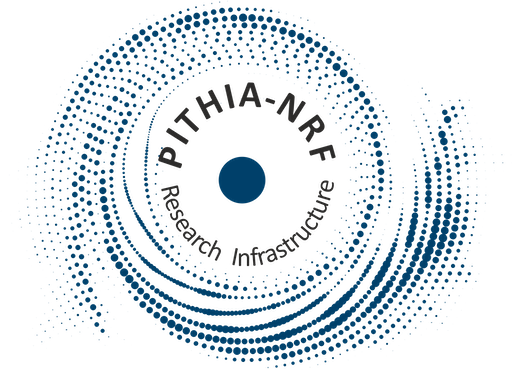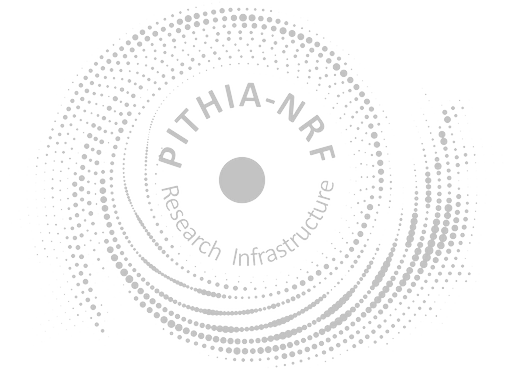T-FORS LSTID Forecasting with TFT
Last modified on Mar 19th, 2025
-
Permissions
In This Page
Responsible Parties
Description
This is a Large Scale Travelling Ionospheric Disturbances (LSTIDs) forecasting model for each Digisonde station, i.e., Sopron (SO148), Juliusruh (JR055), Dourbes (DB049), Ebro (EB040), trained over different time periods. The code utilizes a Temporal Fusion Transformer (TFT) to predict LSTIDs. The model incorporates features such as the auroral electrojet indices IL and IU provided by the FMI IMAGE network and the Gradient GNSS TEC Activity Index provided by DLR. The labels are the Spectral Energy Contribution (Spcont) for detected LSTIDs over Digisonde stations (in this case data from the Juliusruh Digisonde are used) calculated with the HF Interferometry method.
Access the Data (2)
-
Short-Term High-Accuracy (ST-HA) model, aimed at forecasting the LSTID occurrence with a horizon of a few hours (1 to 3 hours). The approach followed the auroral electrojet indices IL and IU provided by the FMI IMAGE network, the Gradient GNSS TEC Activity Index provided by DLR and the archived estimates of the Spectral Energy Contribution (SEC) calculated with the HF-INF method based of the analysis of MUF characteristics over Digisonde stations at European middle latitudes. A Temporal Fusion Transformer classifier is then trained to forecast the SEC of detected LSTIDs over Digisonde stations.
Additional details
- Protocol
- https
- Data Formats
- Service Functions
-
LSTID forecasting: LSTIDs Forecasting with the Temporal Fusion Transformer
and 1 other service function
The main objective of the modelling is to forecast the occurrence and propagation characteristics of LSTIDs. We concentrated on the Short-Term High-Accuracy (ST-HA) models, aimed at forecasting the LSTID occurrence with a horizon of a few hours (1 to 3 hours). This approach casts the forecasting task as a binary classification problem using multivariate time series data. The input data consists of: (a) Auroral electrojet indicators (IL and IU) from the Scandinavian longitudes (provided by the FMI IMAGE network). (b) Gradient GNSS TEC Activity Index (provided by DLR). (c) Spectral Energy Contribution (SEC) values derived with the HF Interferometry method at mid-latitude Digisonde locations (the HFI calculations are provided by the Ebro Observatory). The output is a binary classification indicating whether a Large-Scale Travelling Ionospheric Disturbance (LSTID) event will occur within the next two hours. An event is considered to have occurred if any forecasted SEC value exceeds a predetermined threshold.
Additional details
- Protocol
- https
- Data Formats
- Service Functions
Further Resources and Information
Resources
Go to Metadata FileProcedure
Projects
Features of Interest
Quality Assessment
- Data Quality Flags
Data Levels
More Properties
| Property | Value |
|---|---|
| Result | Not used |
| Result Time | Not used |
| Phenomenon Time | Not used |
| Observed Property | Not used |
Metadata Information
| Editor | National Observatory of Athens |
| Version | 1 |
| Created | Sunday 22nd Dec. 2024, 17:39 |
| Last Modified | Wednesday 19th March 2025, 17:17 |

